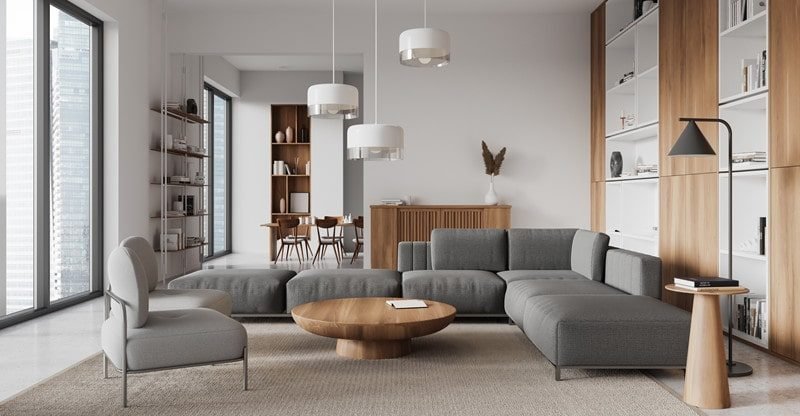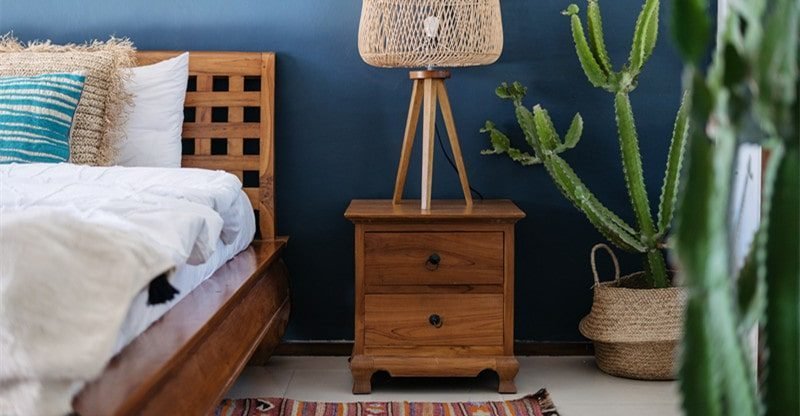Fashion is a form of self-expression, and the colors you choose to wear play a significant role in conveying your personality and emotions. This article delves into the fascinating world of color psychology in fashion, exploring the messages different colors send and how they can influence perceptions.

Understanding Color Psychology
Color psychology is the study of how colors affect human behavior and emotions. In fashion, it’s about using colors strategically to convey particular moods and create a lasting impression. Let’s explore the meanings behind some key colors.
The Impact of Warm Colors
Warm colors, such as red, yellow, and orange, evoke a sense of warmth, energy, and enthusiasm. They often symbolize strong emotions.
Red: Passion and Confidence
Wearing red exudes confidence and passion. It’s a color that commands attention, making it a popular choice for power dressing.
Yellow: Happiness and Positivity
Yellow is associated with happiness, optimism, and positivity. It’s a color that radiates warmth and joy.
Orange: Energy and Enthusiasm
Orange combines the vitality of red and the cheerfulness of yellow. It signifies energy, enthusiasm, and a zest for life.
The Influence of Cool Colors
Cool colors, like blue, green, and purple, create a sense of calm, trust, and creativity. They are often chosen to convey reliability and serenity.
Blue: Trust and Calmness
Blue is a color of trustworthiness and calmness. It’s frequently worn in professional settings to convey reliability.
Green: Harmony and Growth
Green symbolizes harmony, growth, and renewal. It’s a color associated with nature and balance.
Purple: Creativity and Luxury
Purple represents creativity and luxury. It’s often linked to artistic expression and sophistication.
Neutrals: Simplicity and Sophistication
Neutral colors like white, black, and gray are timeless choices, often used for their simplicity and sophistication.
White: Purity and Minimalism
White signifies purity and minimalism. It’s a color chosen for its clean, fresh, and uncluttered look.
Black: Elegance and Power
Black is the epitome of elegance and power. It conveys sophistication, authority, and mystery.
Gray: Balance and Timelessness
Gray is a neutral color that represents balance and timelessness. It’s a versatile choice for both professional and casual wear.
Personal Expression Through Color
Your outfit is a canvas for self-expression, and the way you use color sends a message about your personality. How you combine colors, adapt to cultural norms, and respond to seasonal and emotional influences all contribute to your unique style.
Combining Colors for Impact
Mixing colors strategically can create a harmonious or contrasting effect. Are you going for a bold, eye-catching look or a subtle, complementary one?
Adapting to Cultural Norms
Cultural backgrounds influence color choices. For example, white is associated with purity in Western cultures but symbolizes mourning in some Eastern cultures.
Seasonal and Emotional Influences
Your mood and the season can influence your color choices. Bright colors may dominate your summer wardrobe, while darker hues are favored in the winter.
Color Choices in Different Fashion Styles
The significance of color varies across fashion styles, from professional attire to casual and streetwear, and evening and formal wear.
Professional Attire
In professional settings, colors like navy and gray are often chosen for their professionalism and reliability.
Casual and Streetwear
Casual fashion often incorporates vibrant and playful colors to express individuality and creativity.
Evening and Formal Wear
Formal wear tends to include black, white, and deep, rich colors for an elegant and powerful statement.

Conclusion
The colors you choose for your outfit are not arbitrary; they convey messages about your personality and mood. Understanding color psychology in fashion empowers you to make deliberate choices that align with your self-expression and the impressions you want to create.
FAQs
- Can wearing a specific color really affect how others perceive me?
- Yes, color psychology suggests that color can influence perceptions and emotions.
- Are there universal meanings for colors in fashion?
- While some color associations are universal, cultural factors also play a significant role in color symbolism.
- What if I want to convey a professional image?
- Opt for neutral and cool colors like black, gray, and blue to convey professionalism and trustworthiness.
- Can I wear different colors for different occasions?
- Absolutely, your color choices can adapt to the formality of the event or your personal style.
- How do I know which colors suit me best?
- Experiment with different colors to find what complements your skin tone and resonates with your personal style.



